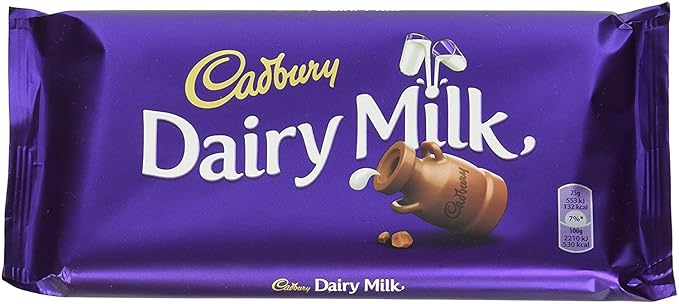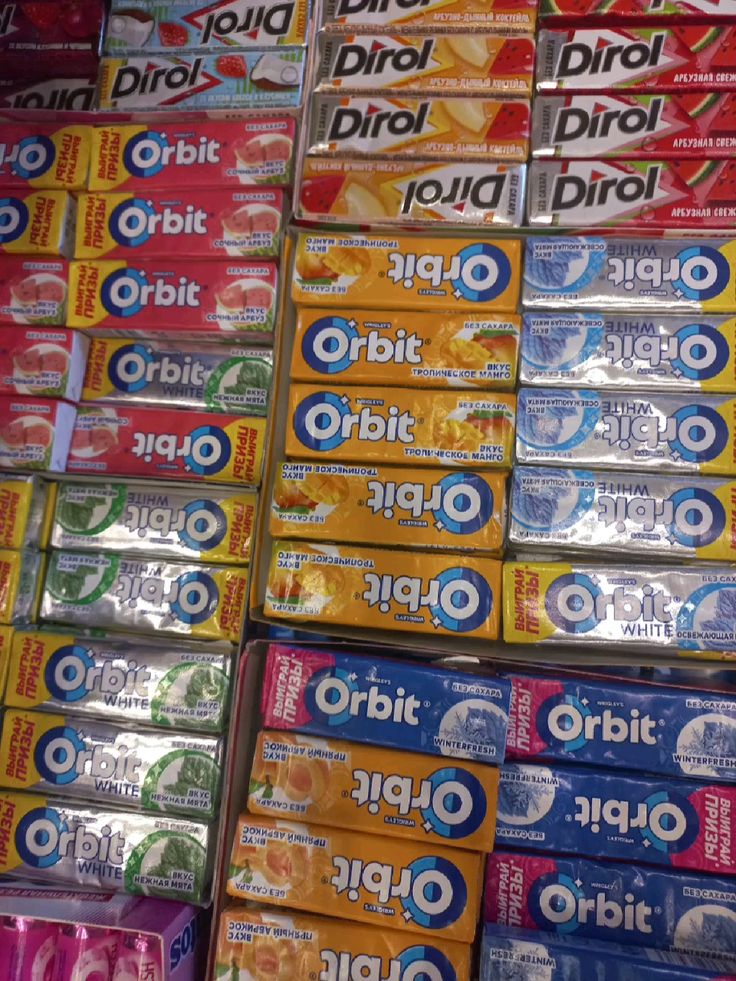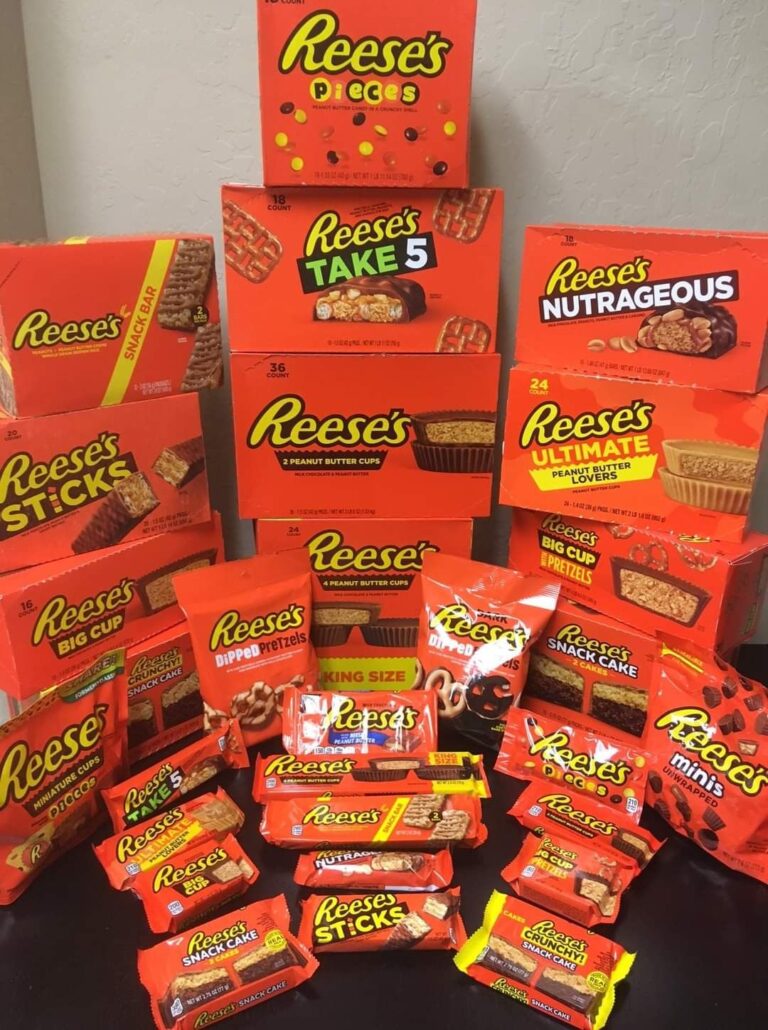Description
Milka Chocolate: A Definitive Global Guide
1. Introduction
When it comes to chocolate bars that combine wide global recognition with a distinctive identity, Milka stands out. Introduced in 1901, this brand has grown to become one of the most beloved milk-chocolate names worldwide. What drives Buy Milka Chocolate enduring appeal? A blend of heritage, ingredient quality (notably Alpine milk), iconic packaging (lilac colour, purple cow), and broad flavour variety. In this article we’ll explore Milka’s history, specifications (ingredients, nutrition, production), global presence, consumer benefits, and considerations — all designed with an SEO-friendly structure to help readers and search engines alike.
2. Brand Heritage & Origins Buy Milka chocolate
2.1 Name & Origin Buy Milka Chocolate
The name “Milka” is derived from the German words Milch (milk) and Kakao (cocoa). This emphasises the brand’s twin focus: rich dairy milk and quality cocoa. It was first registered in 1901 by the Swiss chocolatier Philippe Suchard (via his company) near the German-Swiss border.
2.2 Visual Identity
Milka’s packaging is immediately recognisable: lilac-coloured wrapper and the “Lila” (purple) cow motif. These design choices help the brand stand out and evoke Alpine purity (milk from cows in Alpine pastures) — reinforcing its positioning as creamy and premium.
2.3 Evolution & Ownership
Over the decades, Milka has evolved from a regional Swiss/German brand to a global name. Key milestones:
-
1901: Trademark registered.
-
1962: Milka’s script logo and lilac packaging trademarked, becoming #1 in Germany.
-
1990: Acquired by Kraft Foods (later spun off to Mondelēz International).
-
2018: Milka joined the Cocoa Life sustainable sourcing programme under Mondelēz.
This heritage gives Milka depth: not just a treat, but one with story, legacy and global methodology.
3. Specifications: Ingredients, Nutrition, Production on Buy Milka Chocolate
3.1 Ingredients Buy Milka Chocolate
A representative product, the Milka Alpine Milk Chocolate bar, lists the main ingredients as: sugar, cocoa butter, cocoa mass, skimmed milk powder, whey (from milk), milk fat, emulsifier (soy lecithin), flavouring. Cocoa content is at least ~30 % (milk solids minimum ~18 %).
Allergy-wise: Contains milk, soy; may contain hazelnut paste, and may contain other nuts and wheat.
3.2 Nutritional Values
From a typical 100 g bar:
-
Energy: ~539 kcal (≈2 251 kJ)
-
Fat: ~31 g (of which saturated ~19 g)
-
Carbohydrates: ~57 g (sugars ~55 g)
-
Protein: ~6.5 g
-
Salt: ~0.28 g
These figures will vary by flavour variant, size, region (labelling standards differ).
3.3 Production & Sourcing
Milka’s production remains rooted in Europe. For example, factory sites include Lörrach (Germany), Bludenz (Austria) and others.
On sourcing: Milka is part of Mondelēz’s Cocoa Life programme, which aims for sustainably sourced cocoa across origin countries (Ghana, Côte d’Ivoire, Indonesia, India, Brazil).The brand also emphasises the use of Alpine milk (in its narrative) and avoids artificial colours/preservatives in certain markets.
3.4 Format, Variety & Packaging
Milka is offered in multiple formats: standard bars (100g or regional equivalent), smaller snack sizes, seasonal editions (Easter eggs, Christmas), and flavour variants (hazelnut, white chocolate, biscuit-filled, etc.).The packaging remains consistent in its signature lilac colour and the purple cow branding, enhancing brand recognition.
4. Global Presence & Market Reach
4.1 Availability Buy Milka Chocolate
Milka is sold in over 15 countries (Europe primarily) and through import/export channels worldwide. While the strongest presence is European, the brand has made inroads into Latin America, Asia and other regions via Mondelēz’s network.
4.2 Cultural Impact
Because of its visual identity and consistent quality, Milka has become culturally embedded in many markets: its packaging is instantly recognisable, and flavour-localisations help the brand appeal in diverse consumer contexts. For example: the Alpine milk narrative resonates with consumers seeking “premium milk chocolate”.
4.3 Sustainability & Reputation
By joining Cocoa Life, Milka signals that it takes ethical sourcing seriously — an increasingly important factor for global consumers. This helps its global positioning as not just a treat, but one tied to responsible supply-chain practices.
5. Benefits of Buy Milka Chocolate
When we evaluate “benefits”, we’ll consider both consumer-oriented benefits (taste, experience) and broader value (brand trust, ethical sourcing).
5.1 Sensory & Emotional Benefits
-
Creamy texture & mellow flavour: Thanks to its Alpine milk and milk-cocoa balance, Milka offers a smoother, less intensely bitter profile than dark chocolates — making it appealing to a broad audience.
-
Recognition and comfort: The packaging and branding evoke familiarity, which can translate into emotional comfort: enjoyment, sharing with friends/family, gift-giving.
-
Versatility of variants: With flavours like hazelnut-crunch, white chocolate, biscuit-filled, Milka provides choice for different occasions and palates.
5.2 Practical Benefits
-
Accessibility: Widely distributed, so easier to find in many countries compared to niche premium chocolates.
-
Consistent quality: As part of a major global manufacturer (Mondelēz), Milka maintains standardized processes and ingredient sourcing, which gives consumer confidence.
-
Sustainable sourcing credentials: For consumers who care about ethical consumption, Milka’s Cocoa Life participation provides an added benefit.
-
Brand legacy: With over a century of history, Milka carries heritage — which can enhance brand value and consumer trust.
5.3 Psychological / Social Benefits
-
Sharing & gifting appeal: The distinctive design and known quality make Milka a convenient gift or shared treat.
-
Global recognition: If you travel, you’ll likely find Milka in many stores — offering a sense of familiar “taste from home”.
-
Brand storytelling: The Alpine milk narrative, the purple cow, the lilac packaging all contribute to a brand story that resonates with consumers seeking more than just “any chocolate”.
6. Specifications & Benefits in Worldwide Markets
Let’s explore how Milka’s specifications and benefits translate across global markets.
6.1 European Markets
In its core European markets (Germany, Austria, Switzerland, France, etc.), Milka is well-established. The Alpine milk narrative resonates strongly (given proximity to actual Alps), and consumers expect a certain flavour profile (milk-rich, smooth).
Benefit: strong regional brand equity, local relevance.
Specification: standard ingredient list, strong distribution networks.
6.2 Emerging & International Markets
In markets outside Europe (e.g., parts of Asia, Latin America), Milka leverages its premium European heritage as a differentiator.
Benefit: premium positioning, imported-brand appeal.
Specification: similar ingredients, but local packaging/size variants; sustainability messaging important for global consumers.
6.3 Sustainability & Ethical Advantage
Milka’s participation in Cocoa Life gives it a competitive edge in markets where consumers value ethical sourcing.
Benefit: builds trust, loyalty in conscious-consumer segments.
Specification: commitment to sustainable cocoa, transparent supply-chain messaging.
7. Specifications & Benefits: What to Look Out For
7.1 Ingredient Quality & Allergen Awareness
While Milka uses high-quality ingredients like Alpine milk and cocoa, it is still a milk-chocolate product. Consumers with dairy, soy, nut or gluten sensitivities should check the packaging carefully. For example: “May contain other nuts and wheat.”
Benefit: Clear labelling helps informed consumption.
Note: For allergen-sensitive consumers, the benefit is safer choice with known brand.
7.2 Nutrition & Portioning
Given the sugar/fat levels (as above: ~55 g sugar per 100 g bar), Milka is a treat rather than a health food.
Benefit: Great as a rewarding snack.
Specification: Consume in moderation; the brand’s variants and smaller sizes (snack-bars, minis) facilitate portion-control.
7.3 Packaging & Format Innovation
Milka’s variety of formats (mini-bars, gift editions, seasonal packaging) is a benefit in terms of choice and occasion-suitability. Example: mini-tablets at checkout for impulse buy.
Benefit: Flexibility for consumers.
Specification: Packaging remains signature lilac colour and cow motif, sustaining brand recognition.
8. Why Milka Stands Out (Competitive Advantages)
-
Distinctive branding: The lilac wrapper + purple cow is highly recognisable and unique in a crowded market.
-
Heritage & trust: 120+ years of existence conveys longevity, quality, reliability.
-
Creamy texture & appealing flavour: Many consumers prefer a smooth, accessible milk chocolate rather than overly intense dark chocolate.
-
Wide variety: From simple bars to filled versions, seasonal editions, flavour combinations (hazelnut, Oreo-style, etc).
-
Global yet rooted: While widely available, Milka keeps strong European brand identity (Alpine milk, Swiss/German origins) — which adds premium cues.
-
Sustainability credentials: Cocoa Life involvement helps in markets where ethical sourcing is valued.
9. Considerations & Potential Limitations
No product is without trade-offs; understanding these helps consumers make informed choices.
-
Sugar and fat content: As with most milk chocolates, Milka is high in sugar and saturated fat; not suitable for frequent large-volume consumption if health is priority.
-
Price point: In some markets, the premium positioning may mean higher cost compared to standard local chocolates.
-
Availability: Although global, in some countries certain flavour variants might not be available; import costs/resale markups may apply.
-
Sustainability & supply-chain challenges: While Milka publicises its Cocoa Life commitments, as with many large-scale food brands, there may be scrutiny around actual implementation on the ground. (Some consumers on forums raise concerns).
-
Taste preference: Some chocolate aficionados prefer darker, more bean-forward flavours; for these, Milka’s mild profile may be less compelling. > “I swear to god Milka chocolate is so overrated… it just tastes like chocolate … the most basic chocolate ever.”
10. How to Choose the Right Milka Product (Worldwide Tips)
-
Check ingredient list & allergens: Especially if you have nut, dairy, soy or gluten sensitivities.
-
Size & value: Depending on region, standard bars may differ in grams (e.g., 100 g vs 90 g) and price; assess value.
-
Flavor variant: Choose classic Alpine Milk if you want the original taste; explore hazelnut, white chocolate, biscuit-filled for variety.
-
Check sustainability labelling: Look for the Cocoa Life logo (especially in Europe) to ensure the product is part of the sustainable sourcing programme.
-
Storage & shipping: In hot climates (tropical countries) chocolate may melt or bloom; choose reliable retailers/shippers if ordering.
-
Occasion usage: Consider smaller sizes for snacking, larger bars for sharing, special editions for gifting.
11. Conclusion
Buy Milka chocolate is more than just a chocolate bar — it’s a global confectionery brand with a distinctive identity, deep heritage, high recognisability, quality ingredient focus (notably Alpine milk + cocoa), and widespread availability. From the daily snack to gifting, from Europe to other continents, Milka offers benefits in taste, emotion, trust and brand experience. At the same time, consumers should be aware of nutrition, allergen information, format/pricing variations, and flavour preferences.
If you’re looking for a milk chocolate that balances approachable flavour with premium cues, and you want something recognisable worldwide, Milka is a strong choice.







Reviews
There are no reviews yet.